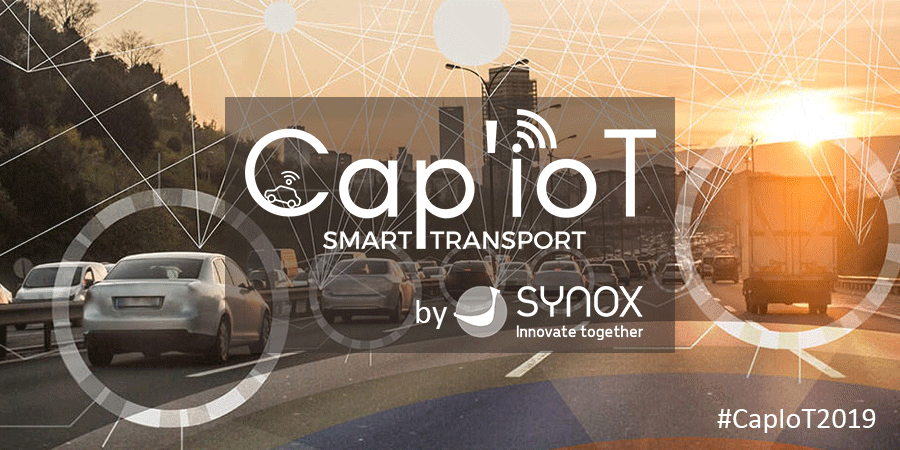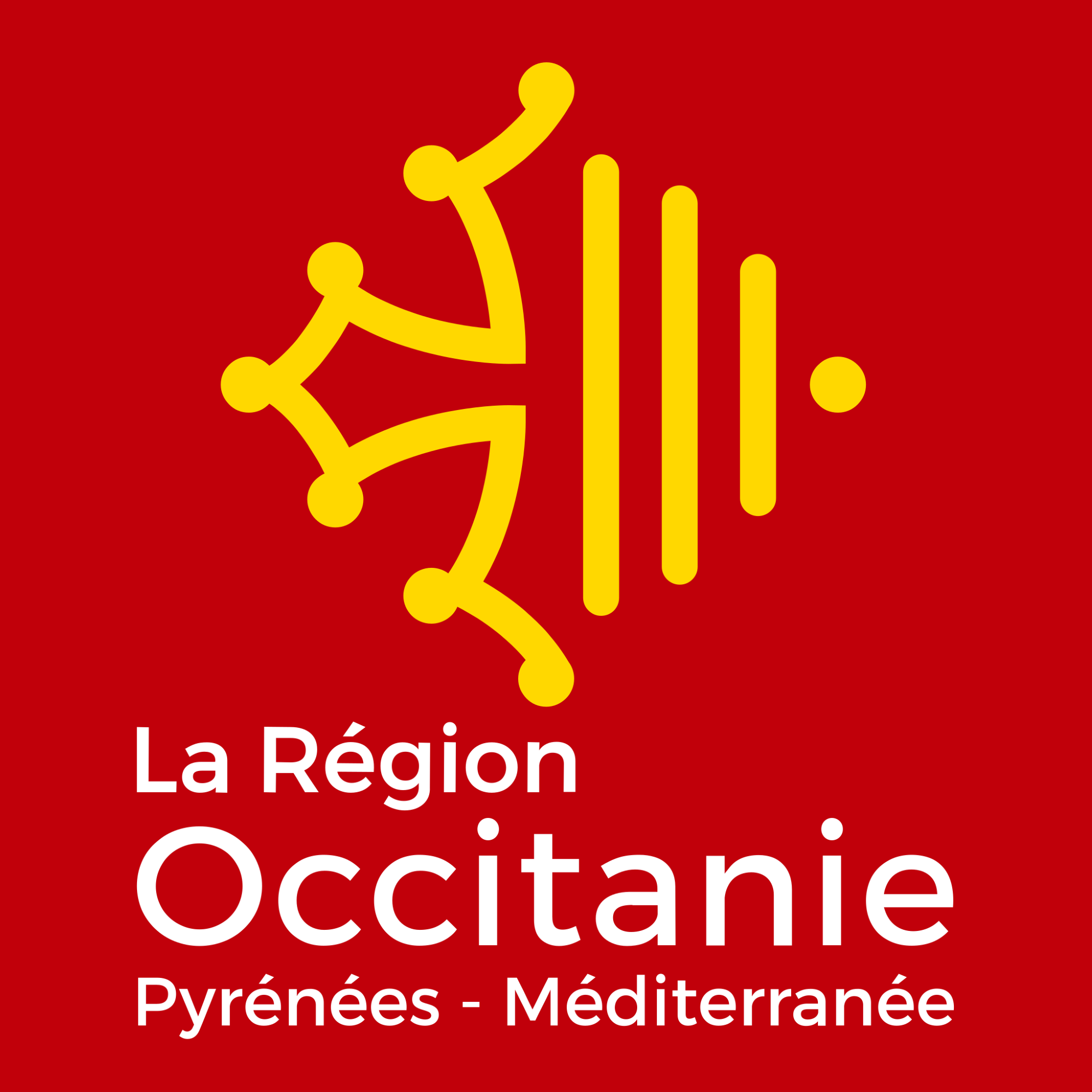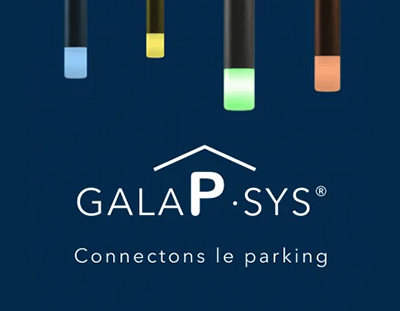IoT on the Verge of Changing Practices
IoT (Internet of Things) is about to change practices in sectors such as industry and logistics. Using technology in these fields is not new. However, for the transport chain and internal logistics in particular, practices were limited to basic operations, but we are shifting gears.
Olivier GUILBAUD, CEO of Ineo-Sense, is invited to share his experience and expertise during the first panel discussion (“How IoT Contributes to Optimizing the Supply Chain?”) at Cap’IOT 2019 organized by SYNOX.
Ineo-Sense, a true device maker
Ineo-Sense is a device maker dedicated to improving industrial processes and organizing workflows. Its range of solutions is divided into three main use cases:
- Asset Tracking,
- Process Security,
- Preventive Maintenance.
The main challenge for the device maker is to provide sensors that offer the maximum range of services to ensure a quick ROI, but above all, to enable future-oriented benefits—such as substantial process gains leading to effective reorganizations or increased production capacity with equivalent resources. However, the essential starting point is to work with future users to identify how to resolve the critical pain points in their organization.
To ensure the success of these new tools, users must know how to evolve their organization to fully benefit from IoT and accept changes in processes for optimal efficiency. Deploying a sustainable solution generally begins with targeted services focused on key functions around IoT (which provide the most direct ROI), then gradually adding secondary functions for continuous improvement.

Top 3 Use Cases in the Field of Smart Industry
In the field of Smart Industry, the top 3 use cases are as follows:
- The lock seal, a true mobile access control.
- Mobile pick-to-light for production boxes.
- Automatic check-in/check-out inventory.
Far from being just a simple project, these technological advances already exist, and INEO-SENSE proves this through an increasing number of large-scale deployments.
Managing flows, transfers, and supply; optimizing movements and lead times! For several years, broad tracking has become widespread, but the development of IoT opens up new possibilities.
Human intervention
Until now, human intervention in supply chain management remains largely necessary. New technological developments are turning goods, pallets, containers… into connected objects. They then have the ability to communicate information about their location, making it easier to locate them in a warehouse, for example. These objects, by monitoring various environmental parameters such as temperature, can trigger an alert when the collected data indicates anomalies. These different advancements save time and make operations more efficient than before.









